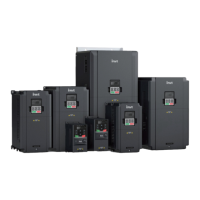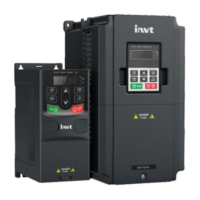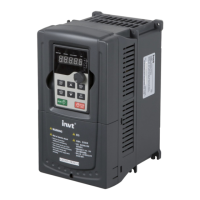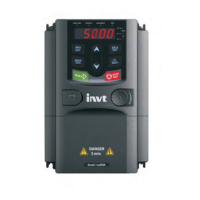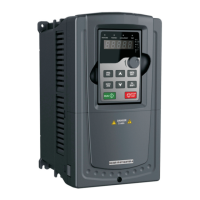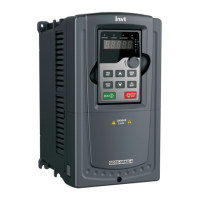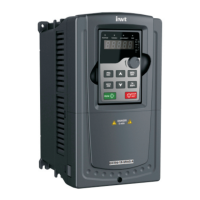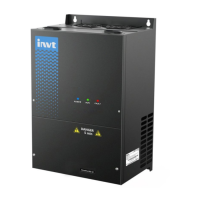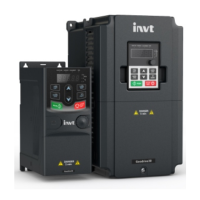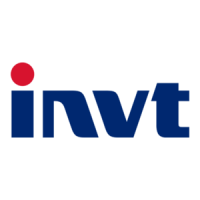Goodrive10 Series Mini VFD Communication protocol
-94-
instructions should be paid attention to when modifying the function code parameters.
EEPROM is stocked frequently, which may shorten the usage time of EEPROM. For
users, some functions are not necessary to be stocked on the communication mode.
The needs can be met on by changing the value in RAM. Changing the MSB of the
function code form 0 to 1 can also realize the function. For example, the function code
P00.07 is not stocked into EEPROM. Only by changing the value in RAM can set the
address to 8007H. This address can only be used in writing RAM other than reading. If
it is used to read, it is an invalid address.
7.3.4.2 Description of other function addresses in Modbus
BIn addition to modifying the parameters of the VFD, the master can also control the VFD,
such as start and stop it, and monitor the operation state of the VFD. The following table
describes other function parameters.
Communication-based
control command
Communication-based
value setting
Communication setting
frequency (0–Fmax (unit:
0.01Hz))
PID reference, range (0–1000,
1000 corresponds to100.0% )
PID feedback, range (0–1000,
1000 corresponds to100.0% )
Virtual input terminal command ,
range: 0x000–0x1FF
Virtual input terminal command ,
range: 0x00–0x0F
AO output setting 1
(-1000–1000, 1000 corresponds
to 100.0%)
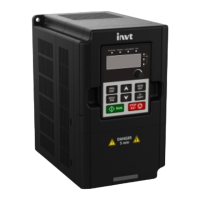
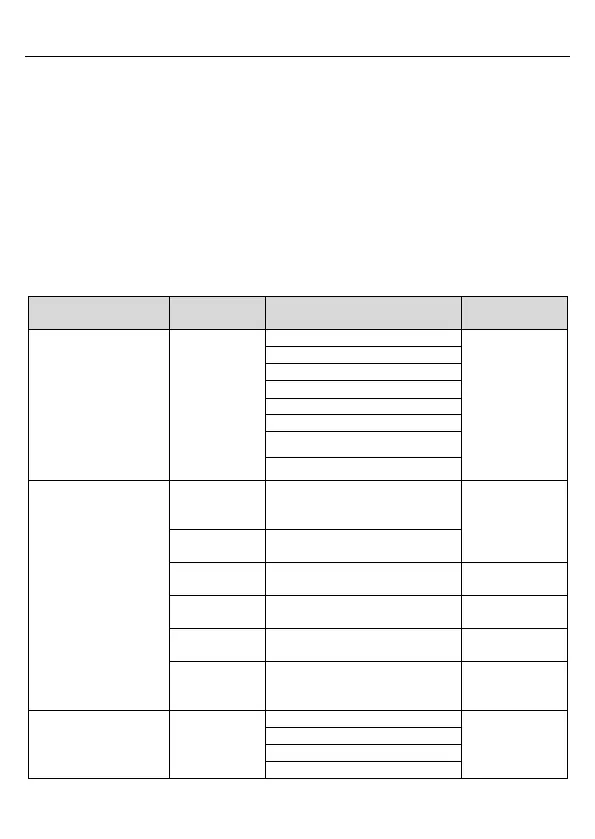